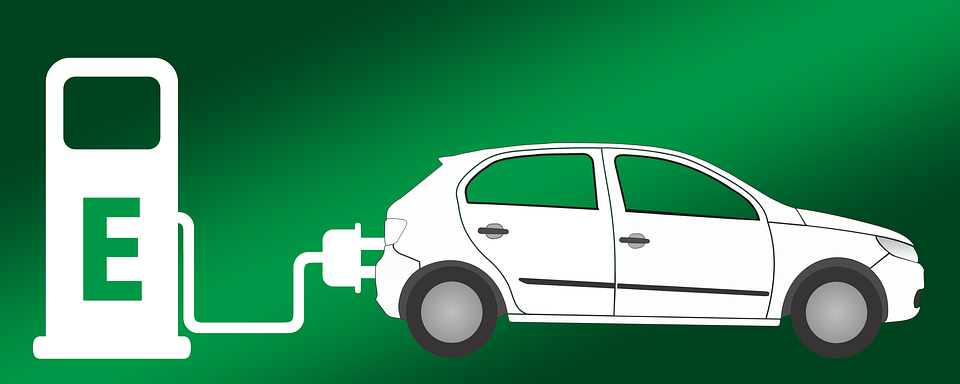Transitioning from oil-fired vehicles to electric vehicles saves money and reduces emissions. That means the change benefits both the individuals who own electric vehicles and all the rest of us.
That’s pretty cool—so Cool Choices is helping make the transition from 20th century oil-fired vehicles (with internal combustion engines or ICE) to clean, safe and responsive 21st century electric vehicles (EVs).
If EVs are Better, Won’t the Change Just Happen?
It might happen–eventually, but accelerating the transition will increase the benefits.
As is the case with all sort of energy efficient products from LED bulbs to furnaces to industrial motors, changing what consumers buy (and what the market sells) is hard. After decades in the trenches on traditional energy efficiency programs we know well the frustration that comes from consumers choosing an old, inefficient technology when a better option is available. The EV market looks a lot like any number of energy efficiency markets did in the 1990s and early 2000s.
Similar to the challenges we faced promoting various high efficiency products:
- Consumers are hesitant about a new technology—they prefer the option they know, along with its familiar flaws
- Influential market actors—manufacturers, salespeople, repair shops—are hesitant too, still more comfortable with the familiar, less efficient models
- Advocates emphasize the features that matter to them (like emission reductions) rather than the benefits that will delight consumers
All of this contributes to a market failure—a situation where consumers buy the less efficient product and, as a result, spend more money in the long run.
How Can We Accelerate the Shift to EVs?
First and foremost, we need to engage the vendors. EV advocates will tell you that it’s a challenge to work with car dealerships but energy efficiency veterans remember that it was also a challenge to get hardware stores to carry compact fluorescent light bulbs, and that it was a challenge to convince appliance manufacturers to produce high efficiency refrigerators and clothes washers. Changing how vendors do business is always a challenge, especially if the old way is still profitable. The best strategy here is an opportunistic one: work with whoever is willing now and welcome in others when they see the light. (A competitor’s success can be particularly enlightening—many a reluctant vendor joined our efficiency efforts after witnessing the successes their competitors were seeing in the program.) Focus on who’s in and presume the others will follow. A local dealership selling a high proportion of EVs is a dealership of the future; if you showcase them as such others will start to take notice.
Second, we should talk about the benefits of an EV. As noted above, these vehicles are:
- Quiet–without a gas engine these vehicles are “hear yourself think” quiet. This feature is especially appealing when it comes to bigger vehicles like buses!
- Safe –EVs have a lower center of gravity, which makes rollovers less likely. There’s also no gas to ignite in an accident. Studies show they are as safe or safer than gas-fueled vehicles.
- Responsive –EVs deliver instant acceleration. Really, you’ve got to try it to appreciate the difference.
- Clean – without gas and oil there’s no stains in the driveway, no fumes polluting the air your family breathes.
- Less Expensive to Operate—EVs have lower fuel and maintenance costs. A recent NYC transit study found that EVs are more cost effective than hybrids or gas-fueled vehicles.
- Cool—high tech, fun to drive and sporty, EVs are increasingly the cool cars on the road. Rumor has it even secret agents are driving them.
It’s these benefits—or a by-product thereof—that will engage consumers and transform the US automotive market.
Third, we need to engage existing EV owners and get them talking about the technology—because a word-of-mouth endorsement is enormously powerful.
What About Charging Stations?
Definitely it’s important to ensure there’s an adequate charging network. As EV ownership grows we’ll need more chargers. But most people will charge at home most of the time—so as they buy a vehicle they’ll address their primary charging needs.
EV advocates should not presume that installing charging stations will magically prompt an increase in EV sales—that’s not how things work.
More, going on and on about charging stations just makes people nervous about EVs, increasing range anxiety. Definitely there’s merit in communities working to ensure that everyone has access to charging stations. To accelerate EV purchases, though, let’s talk more about the benefits of EVs and less about charging infrastructure.
What About Incentives?
We recommend a cautious approach to consumer incentives.
Instead of focusing on consumer incentives, think about initiatives that inspire salespeople to sell more EVs. Again, the energy efficiency industry offers a lot of market transformation examples that support this approach.
A fast transition to EVs will help us reduce greenhouse gas emissions; it’s a vital part of our climate change strategy. So let’s learn from energy efficiency and speed up this important transition!
Contact us to learn more about how Cool Choices can help you accelerate EV adoption.


